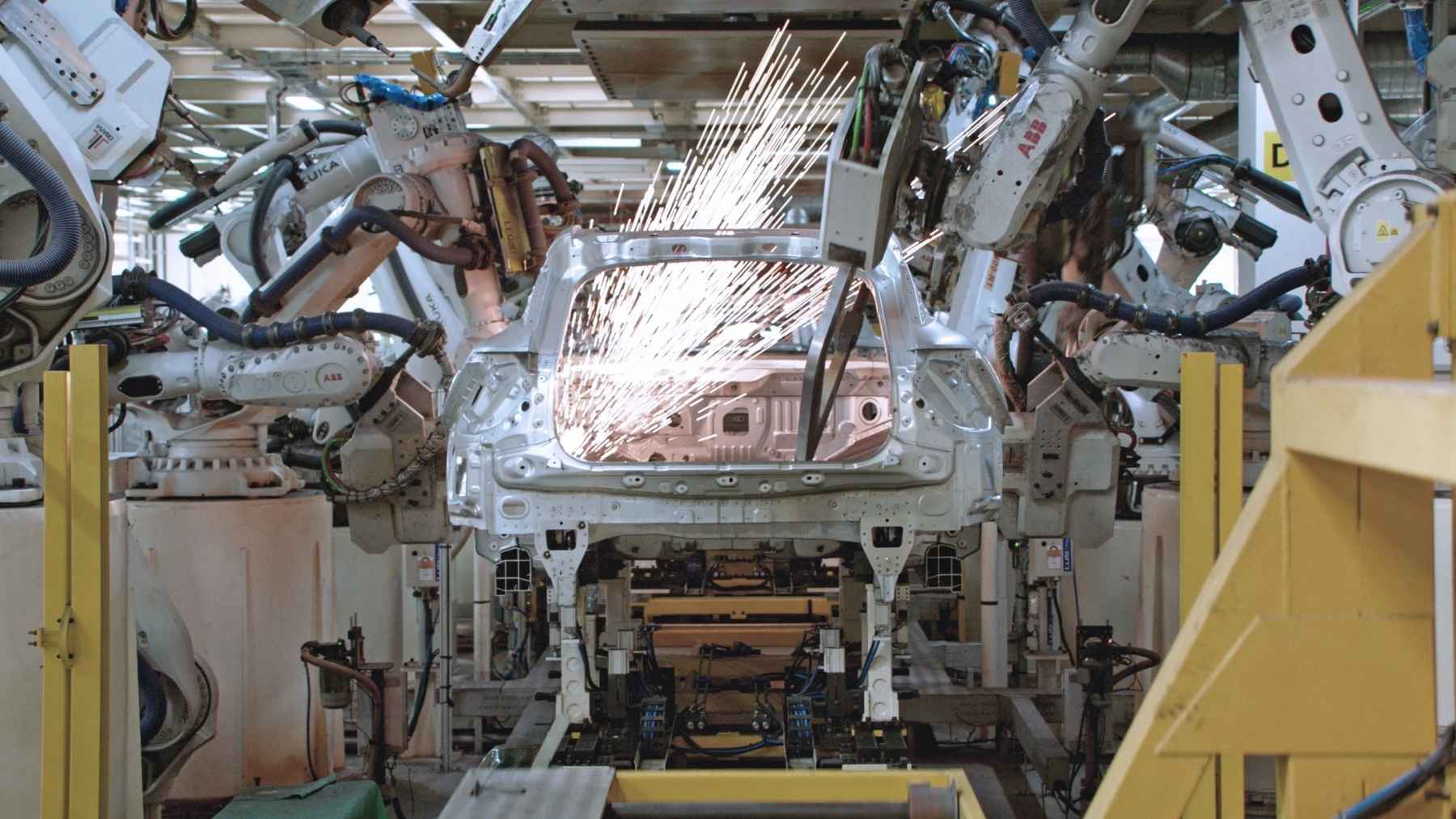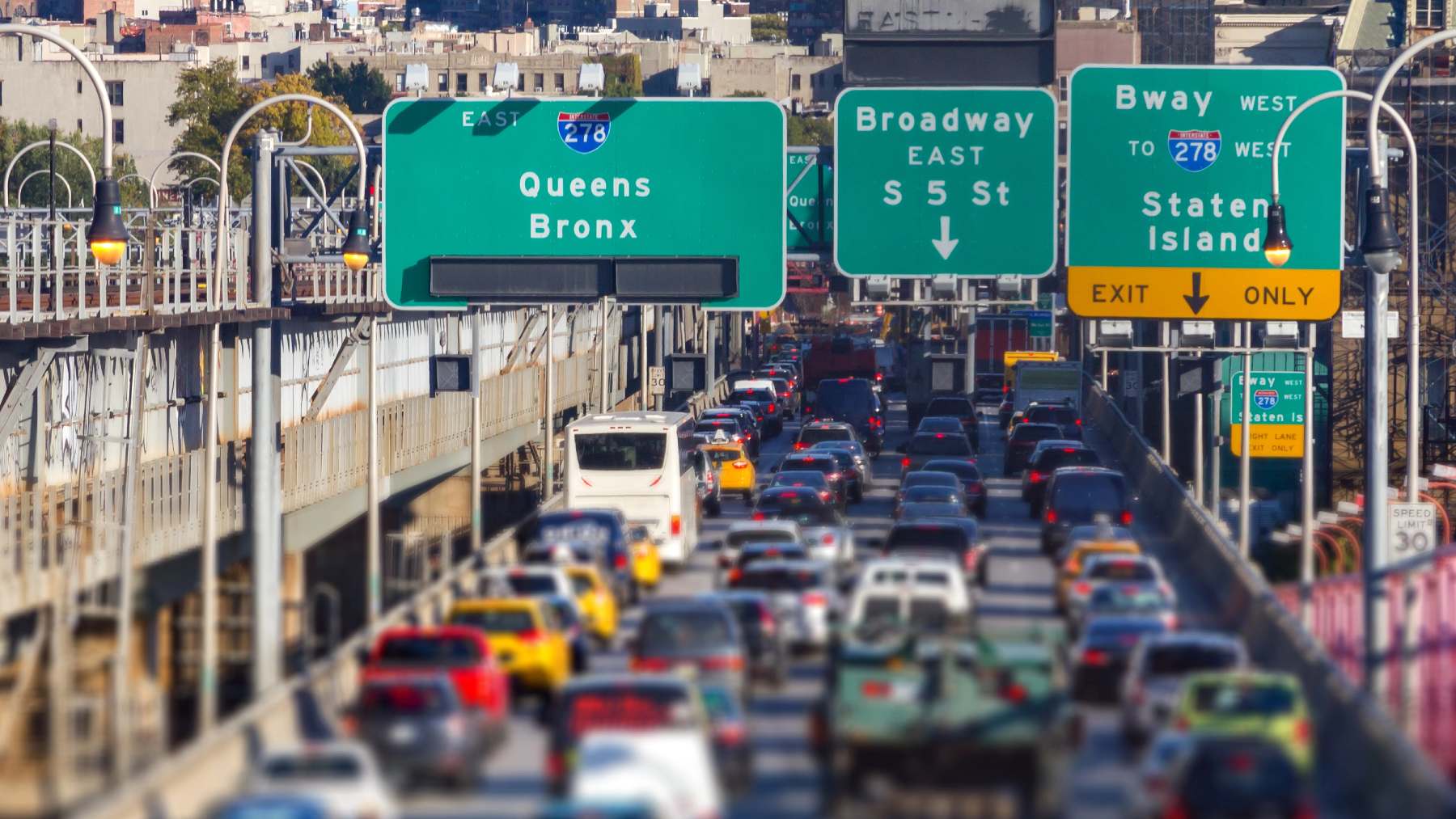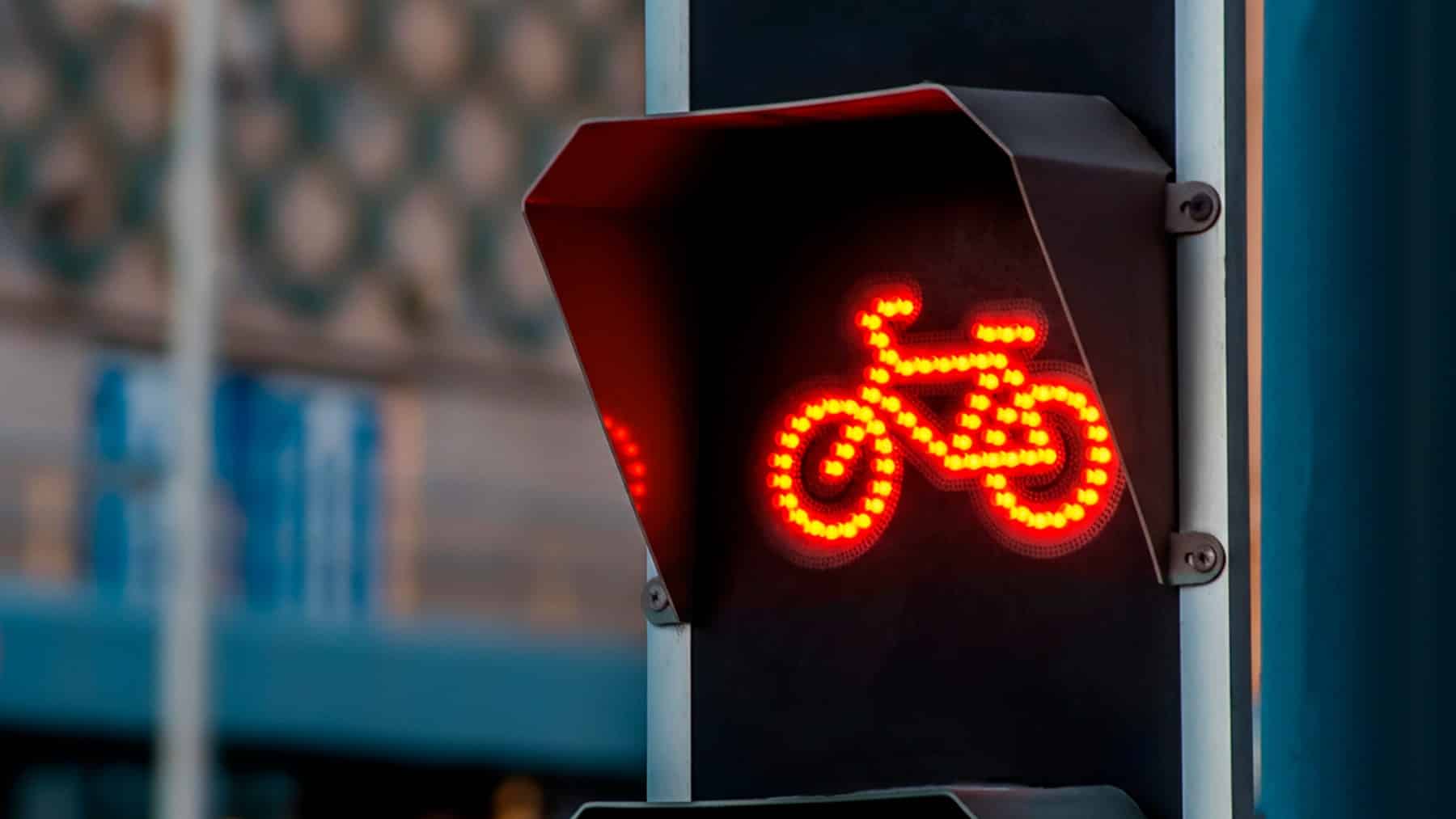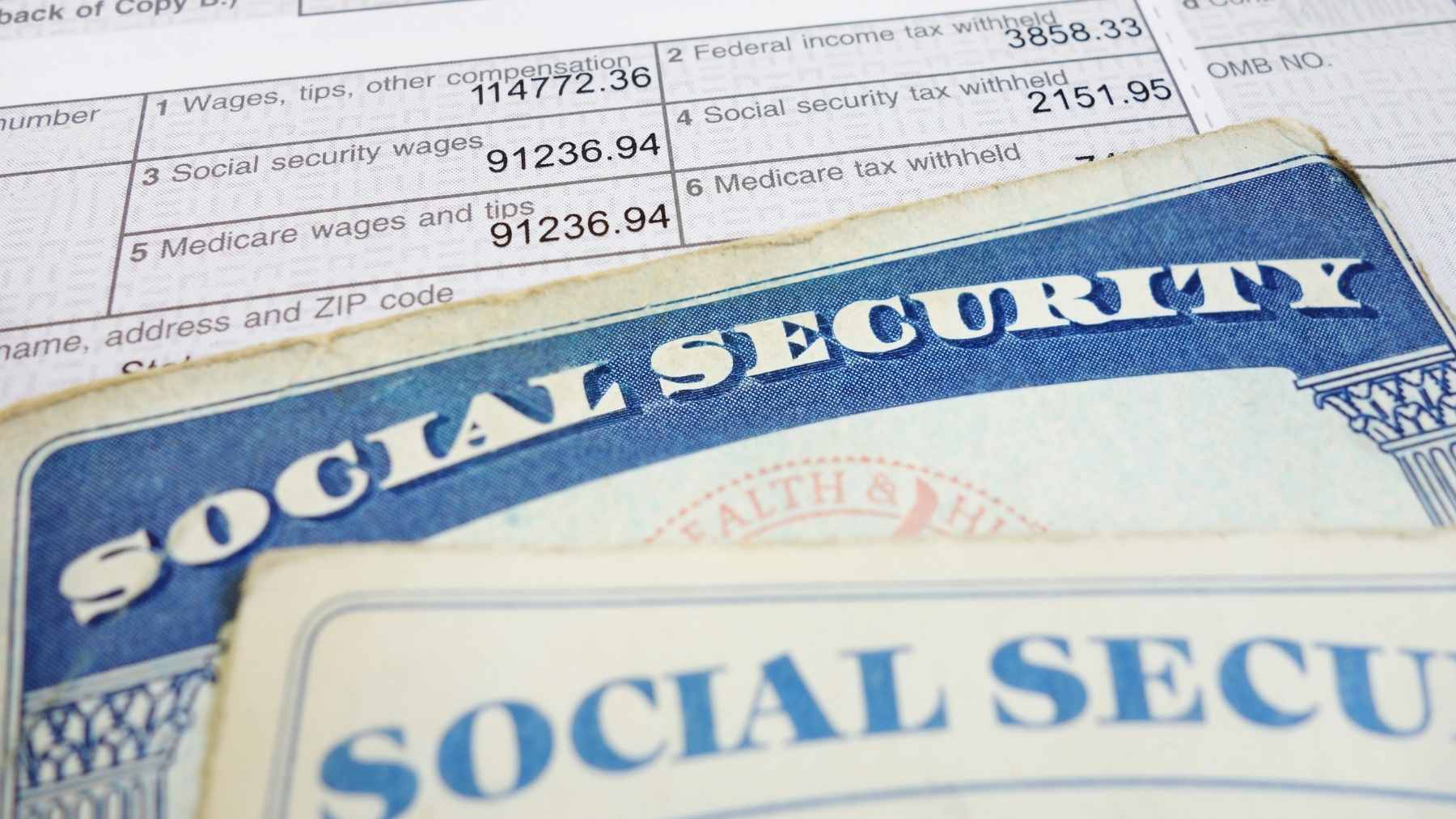This state has just announced it will be joining the app-based ID club. Legislative changes regarding identification card policies have, for the better half of the year, been overshadowed by news regarding the need to get your ID REAL-ID certified. On top of this, legislative changes regarding road traffic policy have been dominated by the implementation of stricter penalties for breaking the law. Now, the two worlds collide with news that will affect your driver’s license.
Is your ID REAL-ID certified yet?
May 7 of this year saw the federal government finally implement the deadline to get your identification documents REAL-ID certified. While the REAL-ID certification program policy was launched in 2005, it has taken two decades to get states to begin enforcing this policy for their residents. This was largely due to the fact that many states opposed the change, as well as state DMVs needing infrastructure upgrades to undertake updating resident ID,s as well as the sheer volume of people in the country who would need their ID to become REAL-ID certified, meaning it was always going to take a significant amount of time.
“The Act and implementing regulations establish minimum security standards for license issuance and production and prohibit federal agencies from accepting for certain official purposes noncompliant driver’s licenses and identification cards, both physical and digital (also known as Mobile Driver’s Licenses, or ‘mDLs’),” describes the Transprtation Security Administration (TSA) website.
On top of these regulatory changes to identification documents, drivers across states have also been preoccupied with keeping updated on new legislation, which has increased the penalties associated with breaking the laws of the road. These include changing the speed limits drivers are legally allowed to drive at, raising the fines associated with breaking certain driving laws (mostly for speeding), adding the risk of jail time as a new penalty if convicted for certain driving offences, and now even outright banning holding your phone in your hand when driving in order to prevent distracted driving from occurring.
New app-based ID from this state
Other changes that have been underway regarding driver’s licenses, which have been somewhat overshadowed by REAL-ID deadlines and other more extreme changes to driving legislation, include the growing number of states that are working towards seeing their residents be able to use a digital license. Most recently, Pennsylvania Senate Bill 861, which is currently under consideration, would allow residents from Pennsylvania to use a mobile ID in addition to their physical ones.
“These mobile products will be subject to strict security, privacy, and authentication requirements to prevent fraud and theft of a user’s data when being used while being compatible with third-party apps such as Apple Wallet, Google Wallet, and others,” said State Rep. Ed Neilson, a Philadelphia Democrat who is orchestrating the bill.
Currently, the following states have operational mobile ID programs: Arizona, Maryland, Colorado, Georgia, Ohio, Hawaii, California, Iowa, New Mexico, Montana, New York (via “Mobile ID / MiD” app), and Louisiana (LA Wallet).
New changes coming across 250 airports
As digital licenses become more prevalent, federal authorities need to upgrade infrastructure across federal facilities to allow for the reading of these digital documents. Most recently, TSA has also announced that they are expanding facilities across 250 airports, which are capable of reading these digital identification cards.
These infrastructure upgrades, as well as the expansion of digital identification cards in general, all inform TSA’s plan to start implementing more futuristic and advanced identity recognition technology, including placing a larger emphasis on biometrics and facial recognition technology. These new improvements to identification systems aim to streamline passenger verification, reduce wait times, and strengthen security at airports. By linking digital IDs with biometric data, TSA can establish a multi-layered authentication system that minimizes the risk of fraud.















